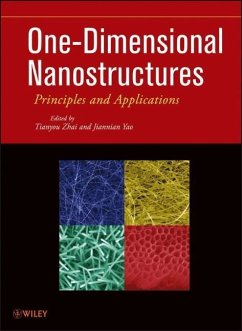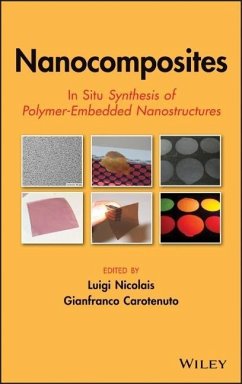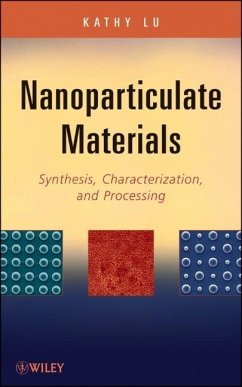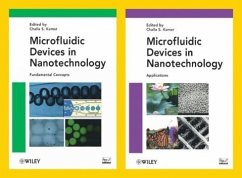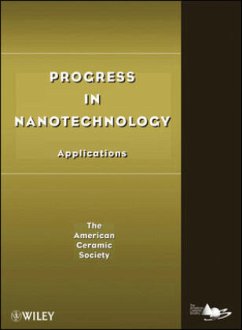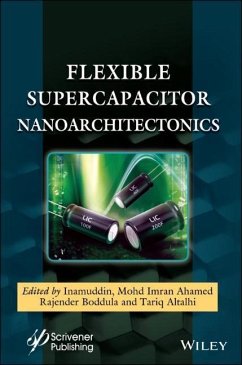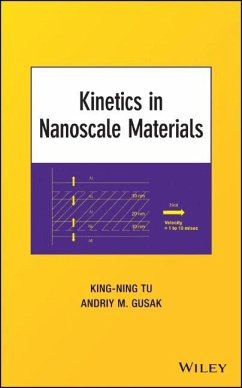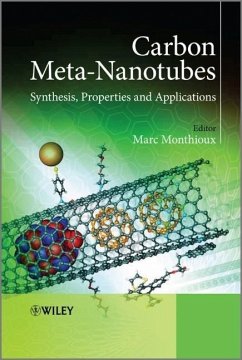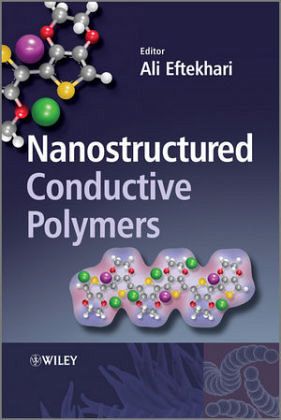
Nanostructured Conductive Polymers
Versandkostenfrei!
Versandfertig in über 4 Wochen
281,99 €
inkl. MwSt.
Weitere Ausgaben:

PAYBACK Punkte
141 °P sammeln!
Providing a vital link between nanotechnology and conductive polymers, this book covers advances in topics of this interdisciplinary area. In each chapter, there is a discussion of current research issues while reviewing the background of the topic. The selection of topics and contributors from around the globe make this text an outstanding resource for researchers involved in the field of nanomaterials or polymer materials design. The book is divided into three sections: From Conductive Polymers to Nanotechnology, Synthesis and Characterization, and Applications.




